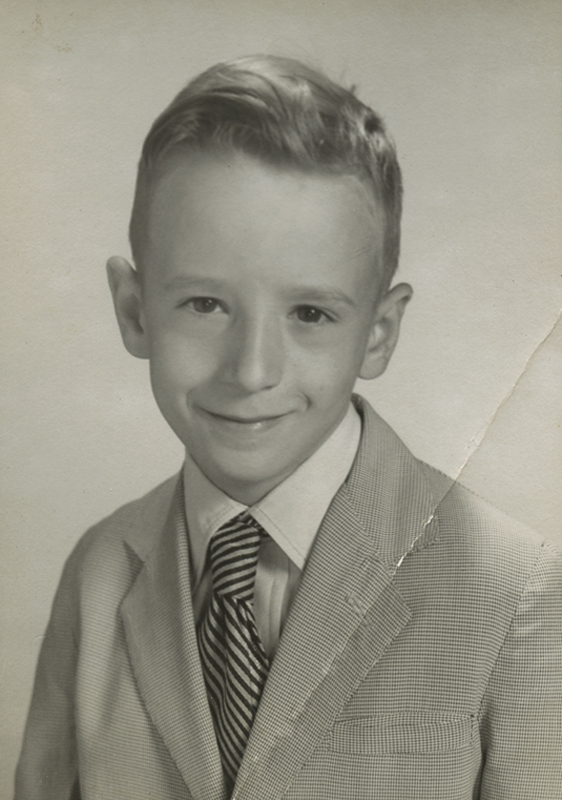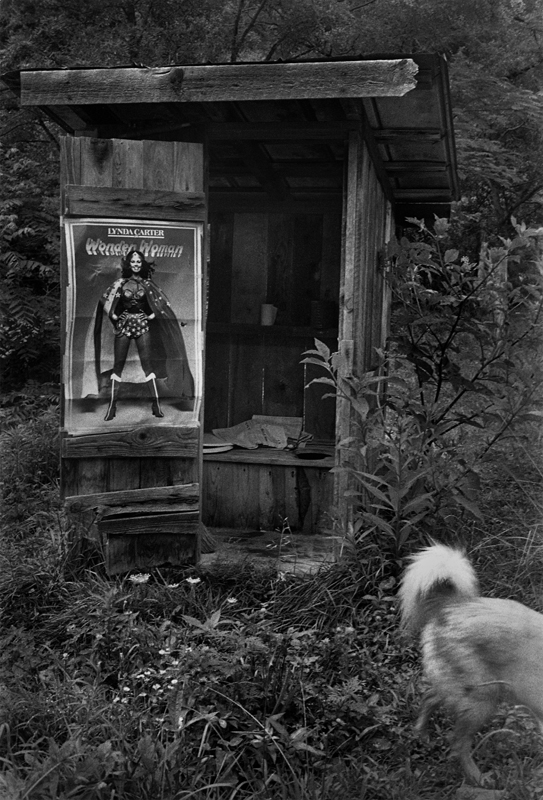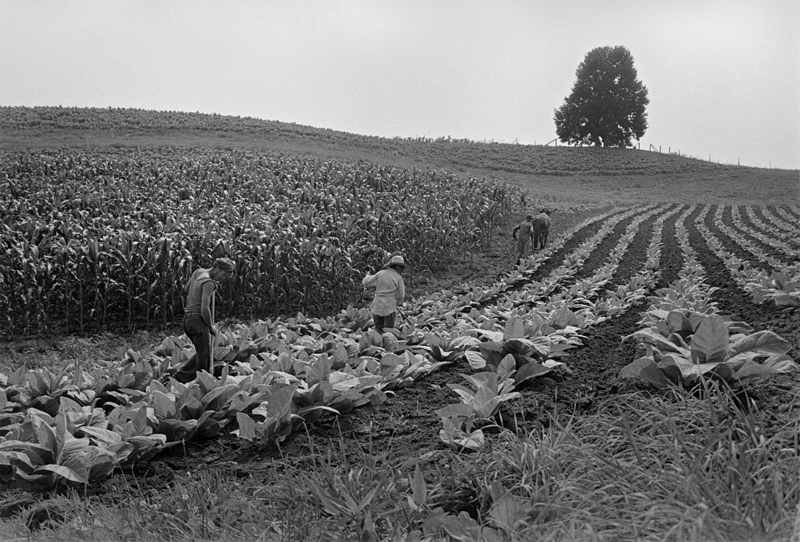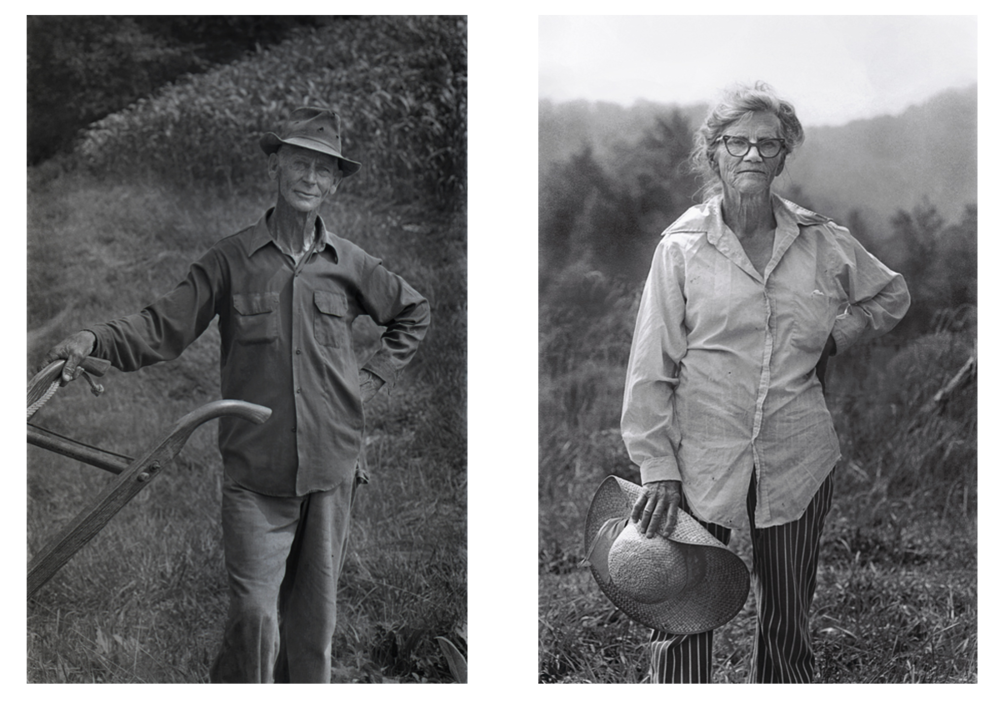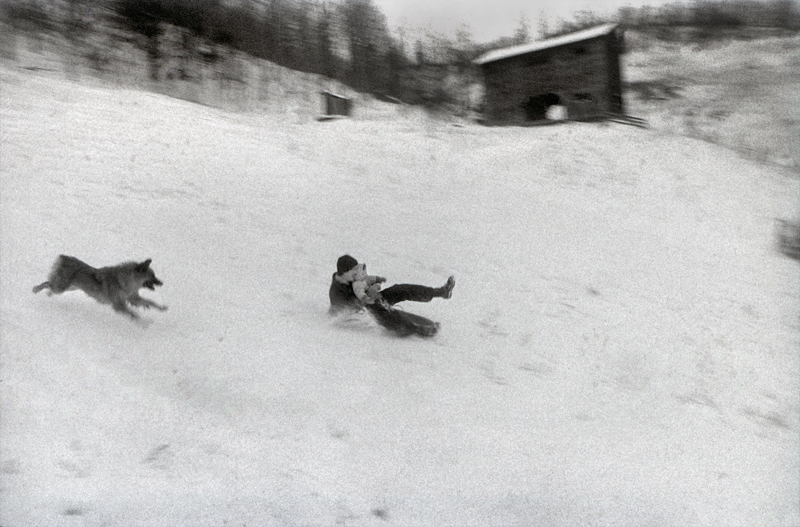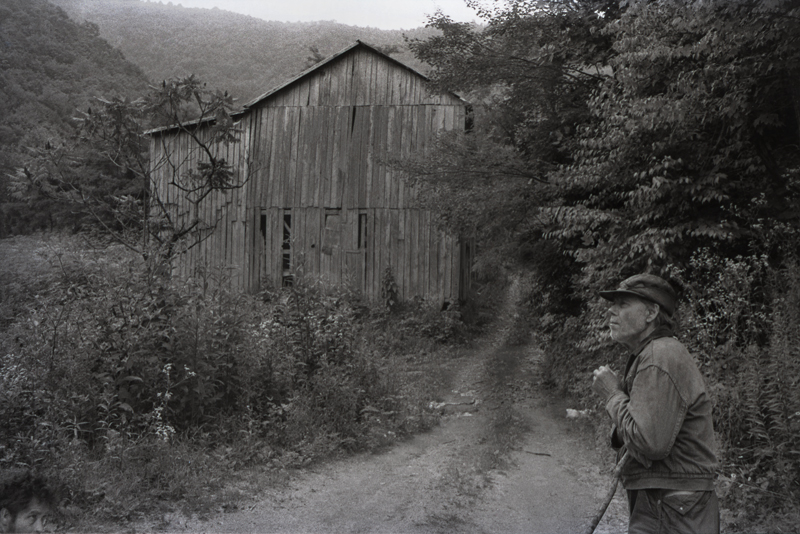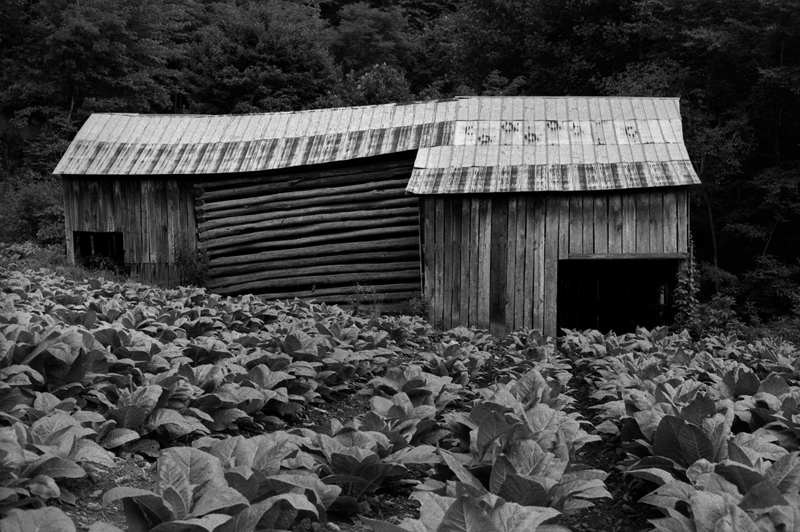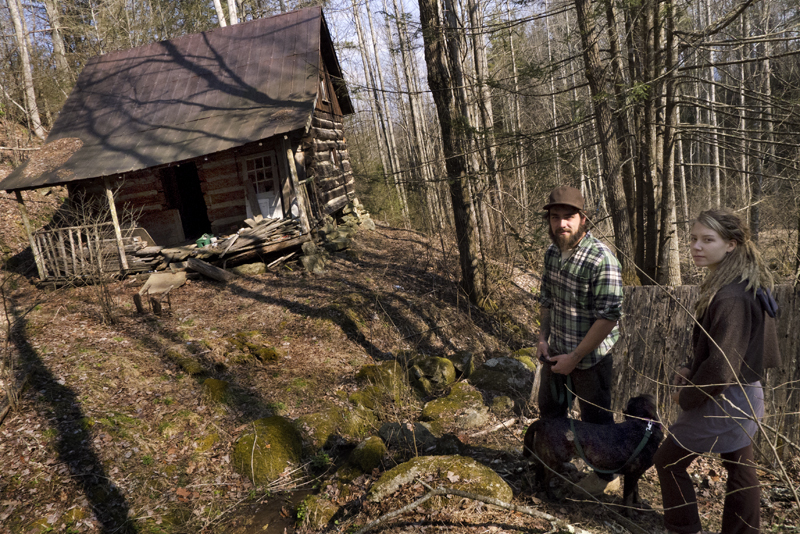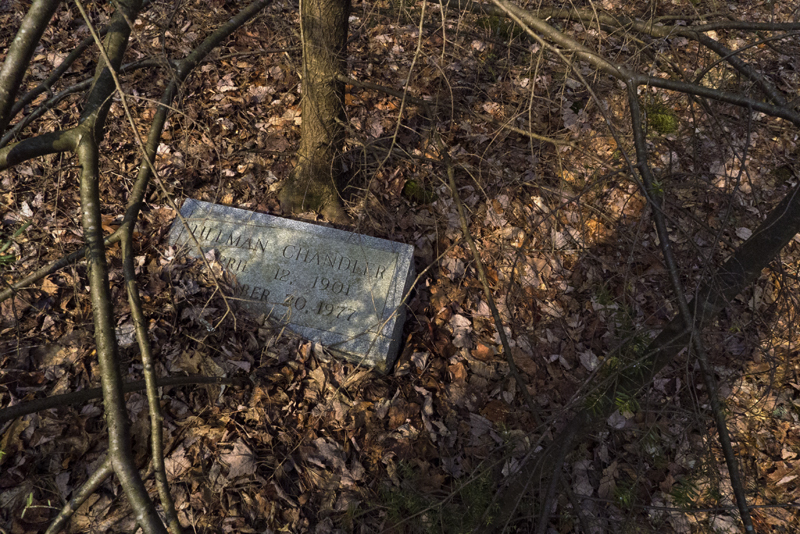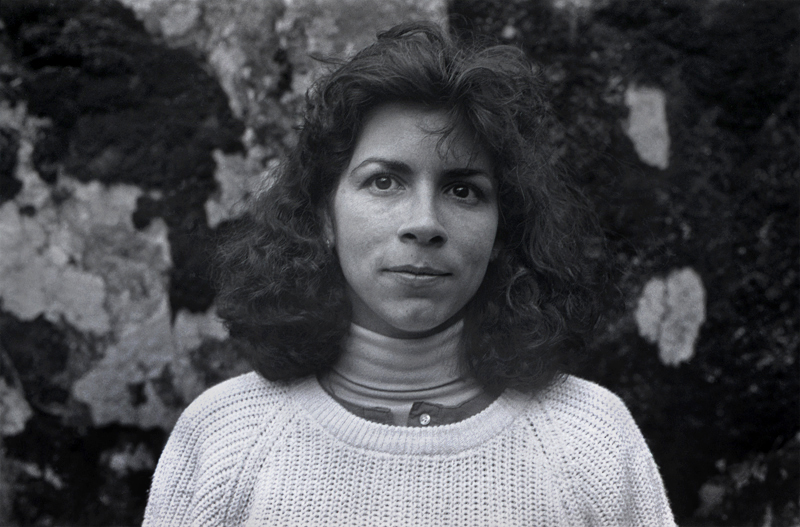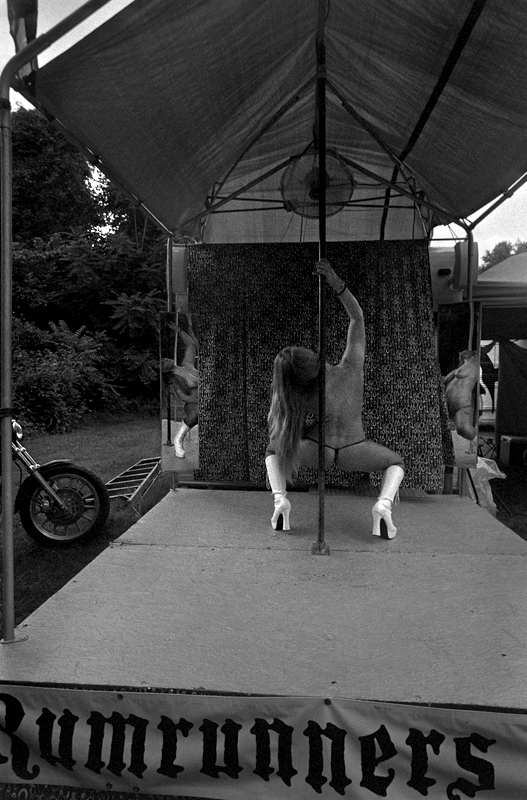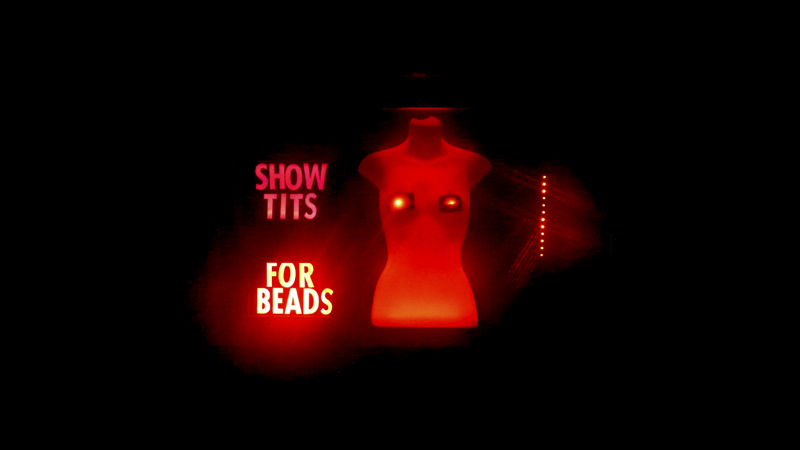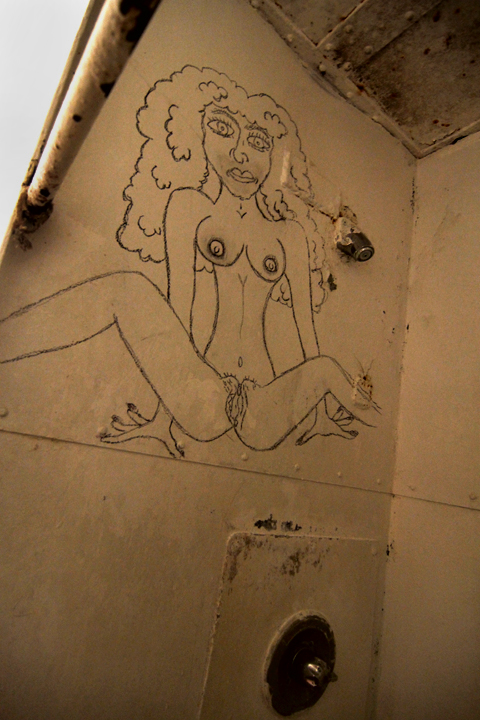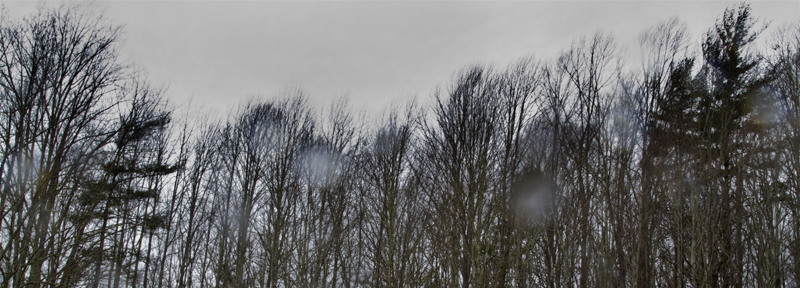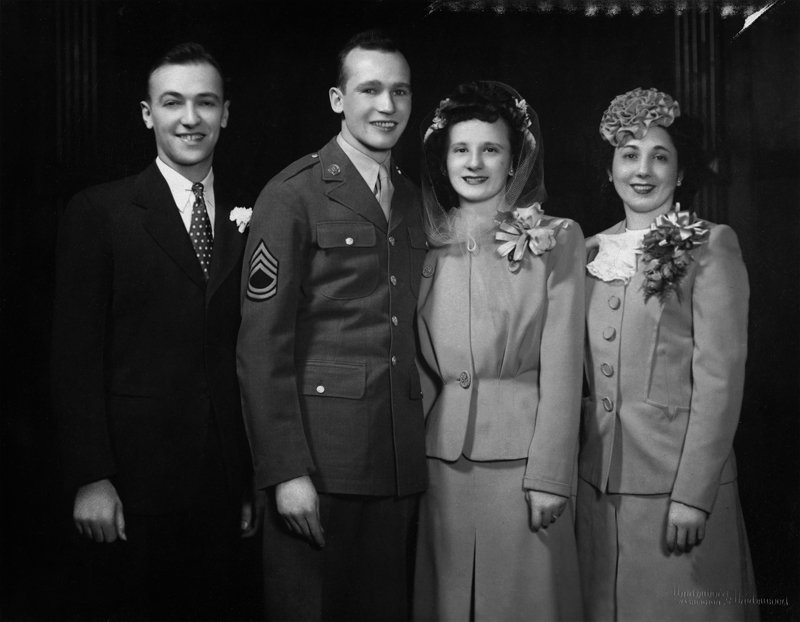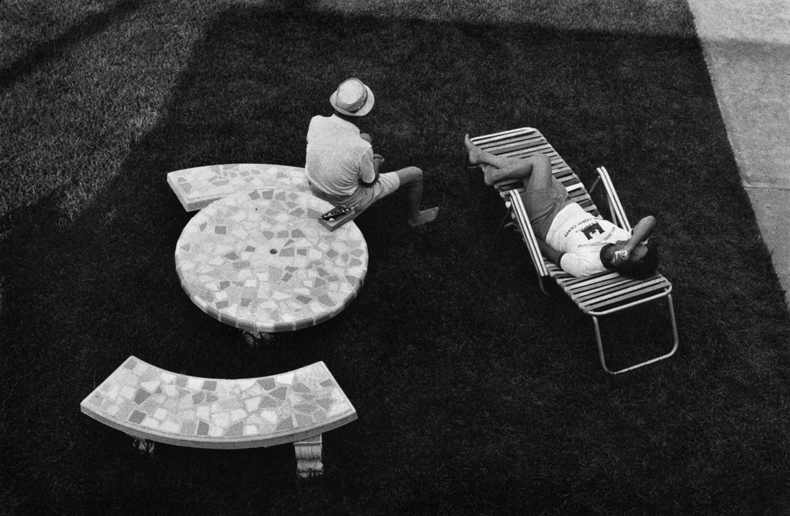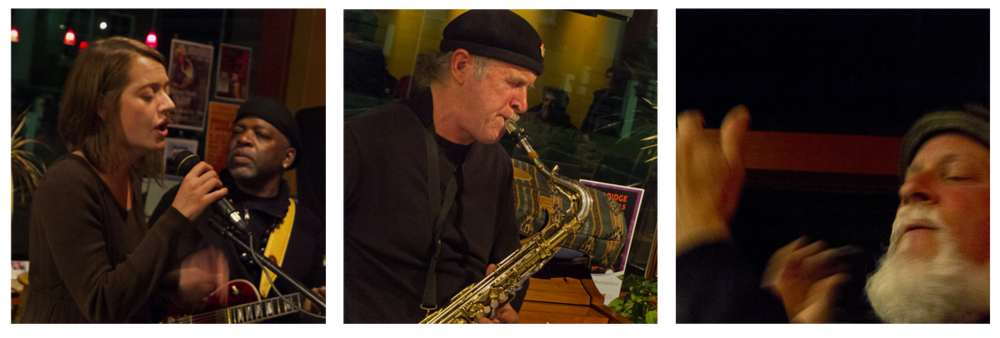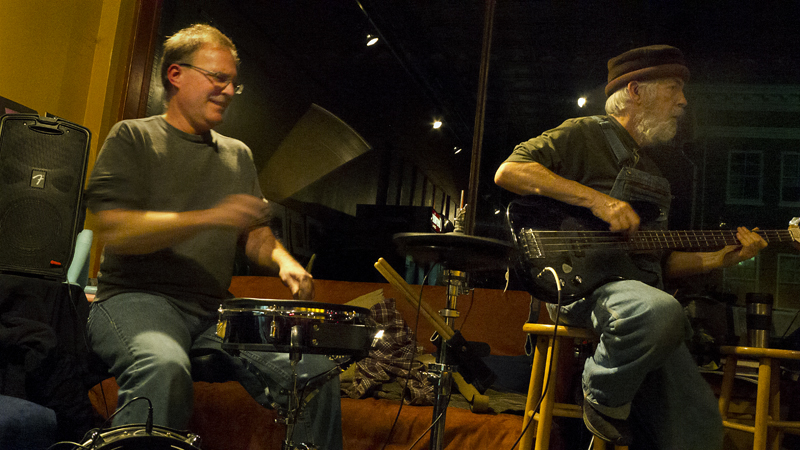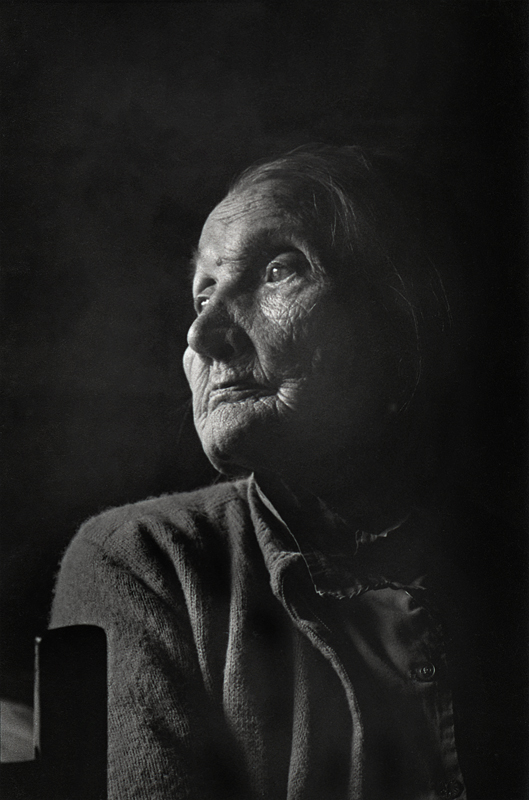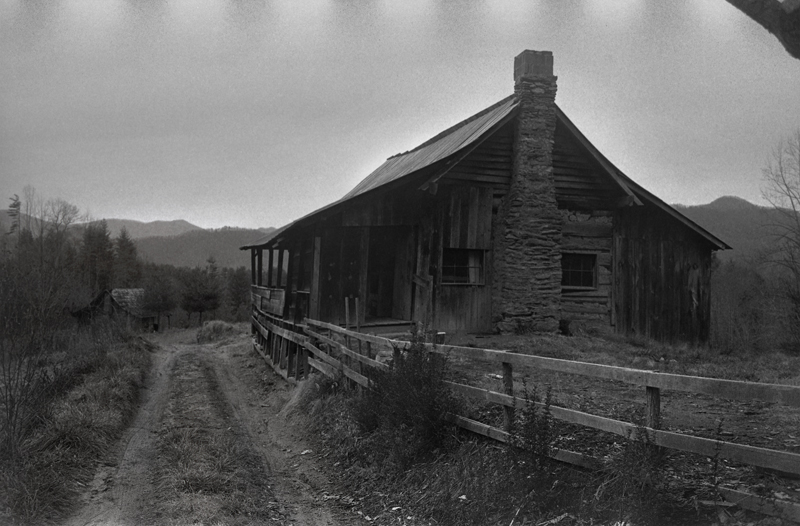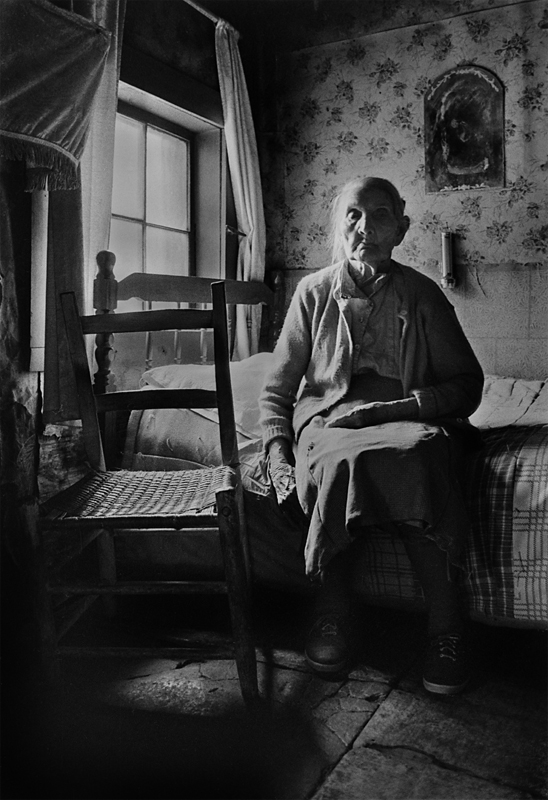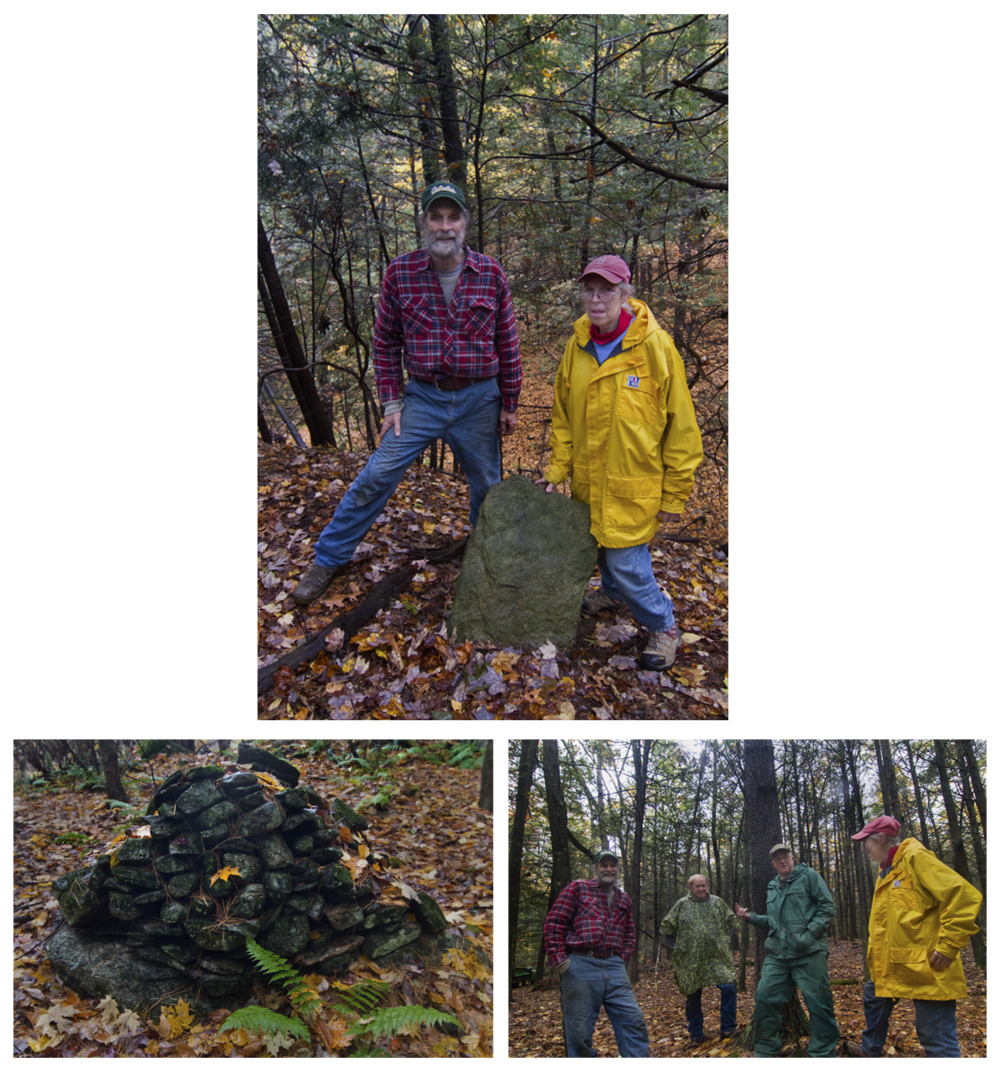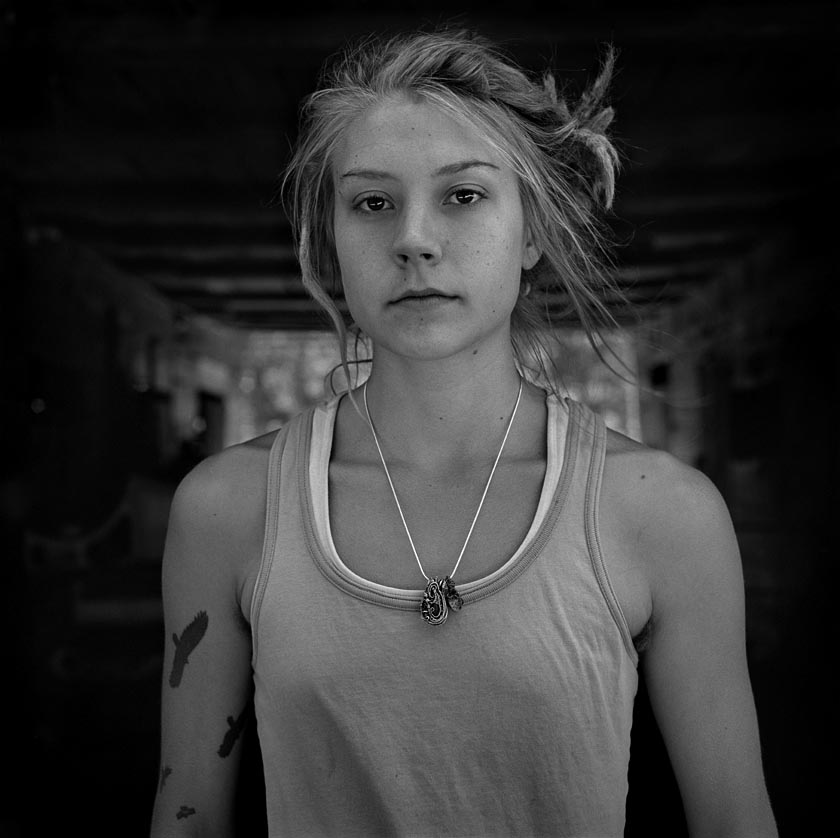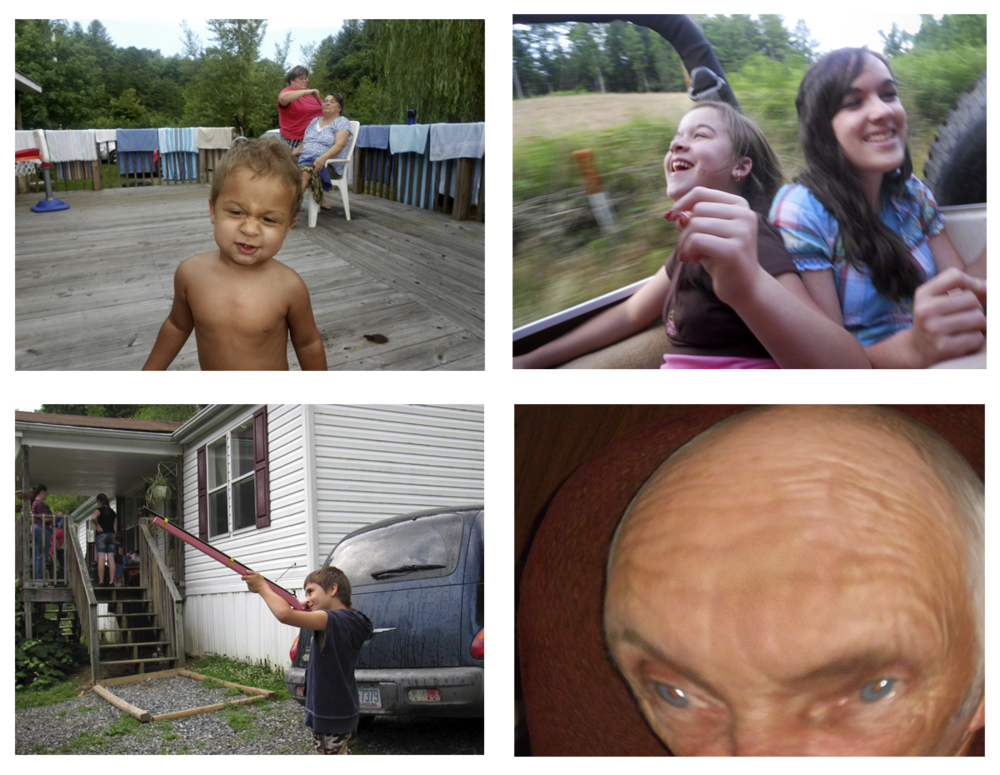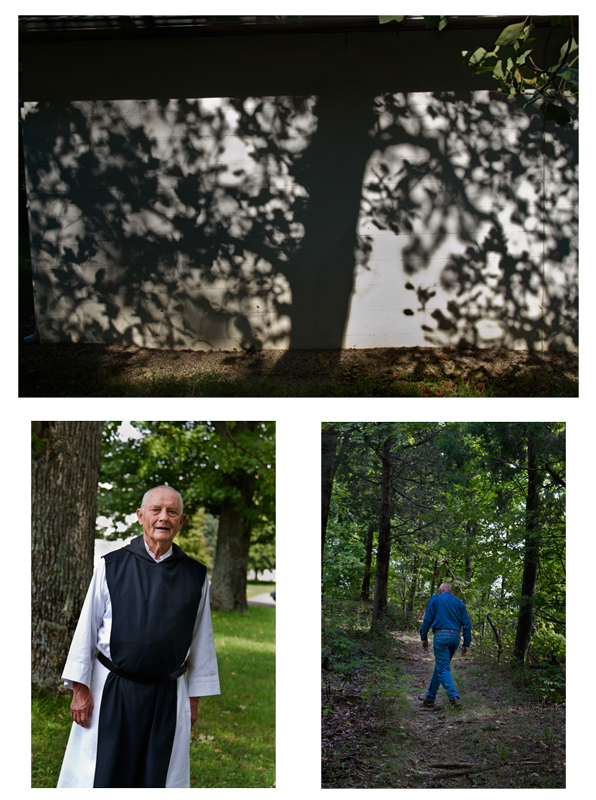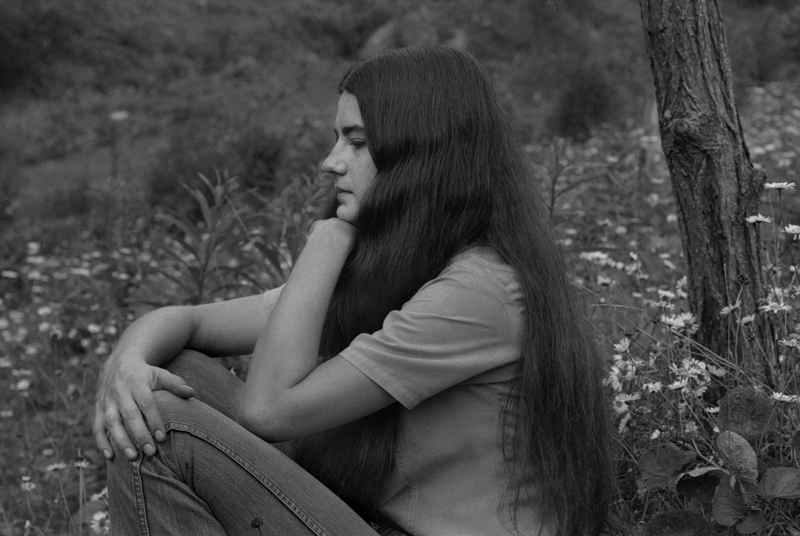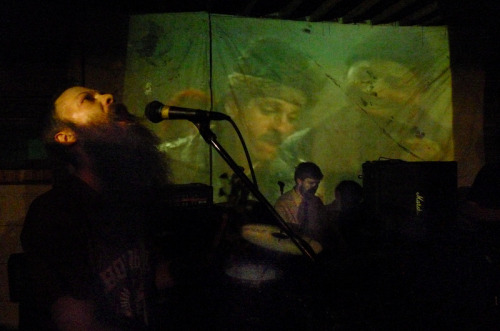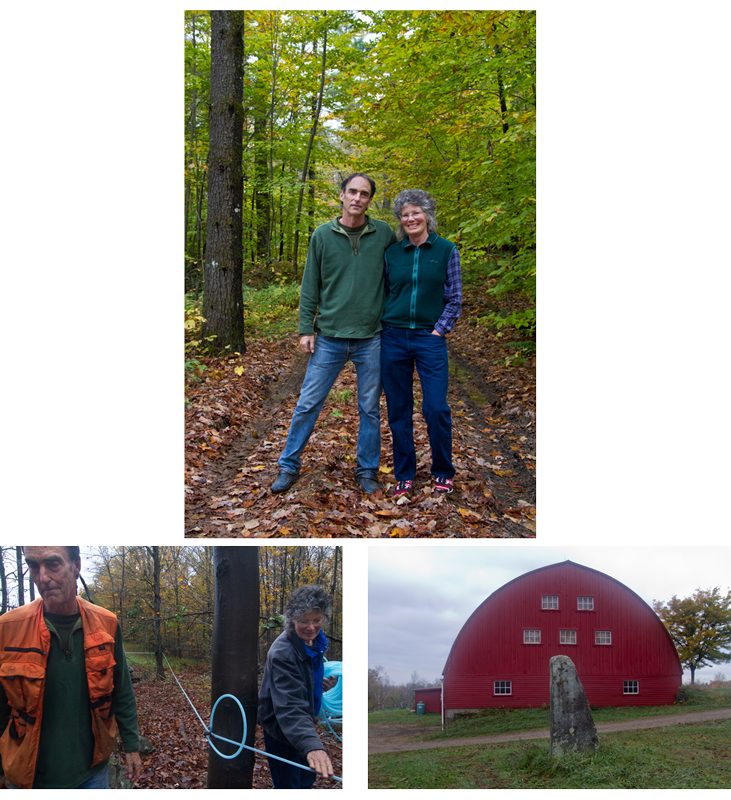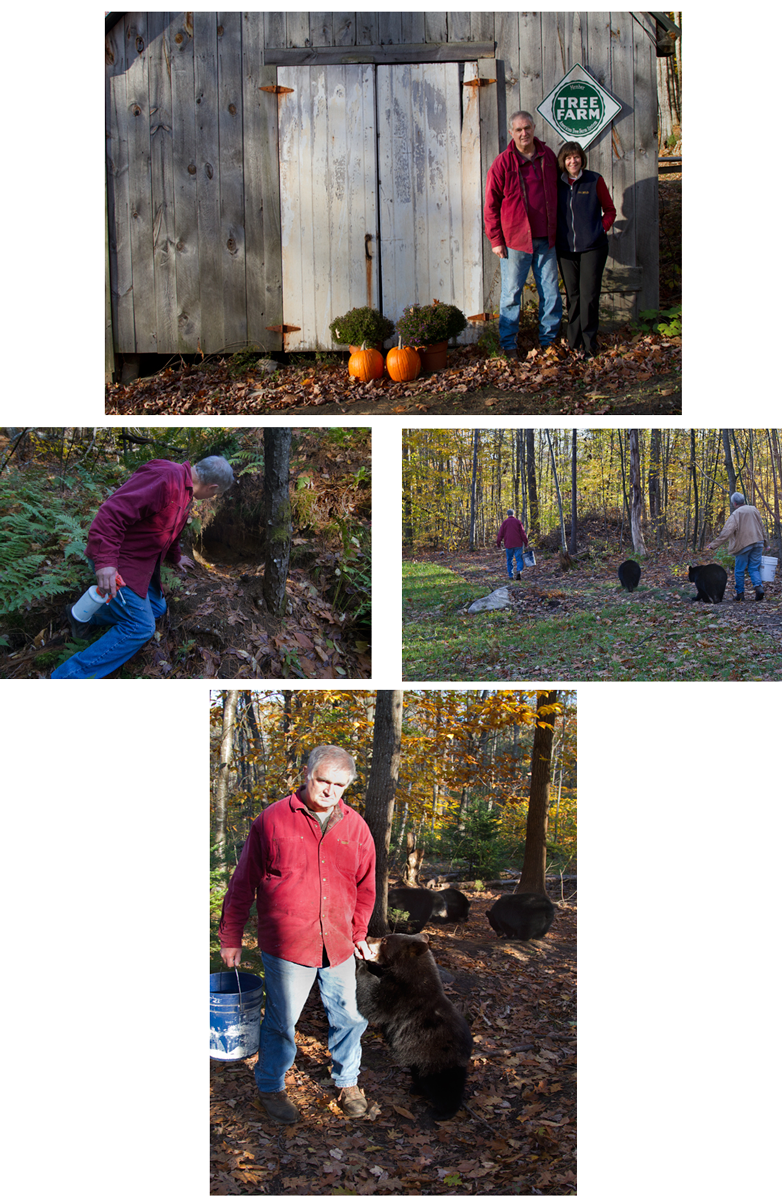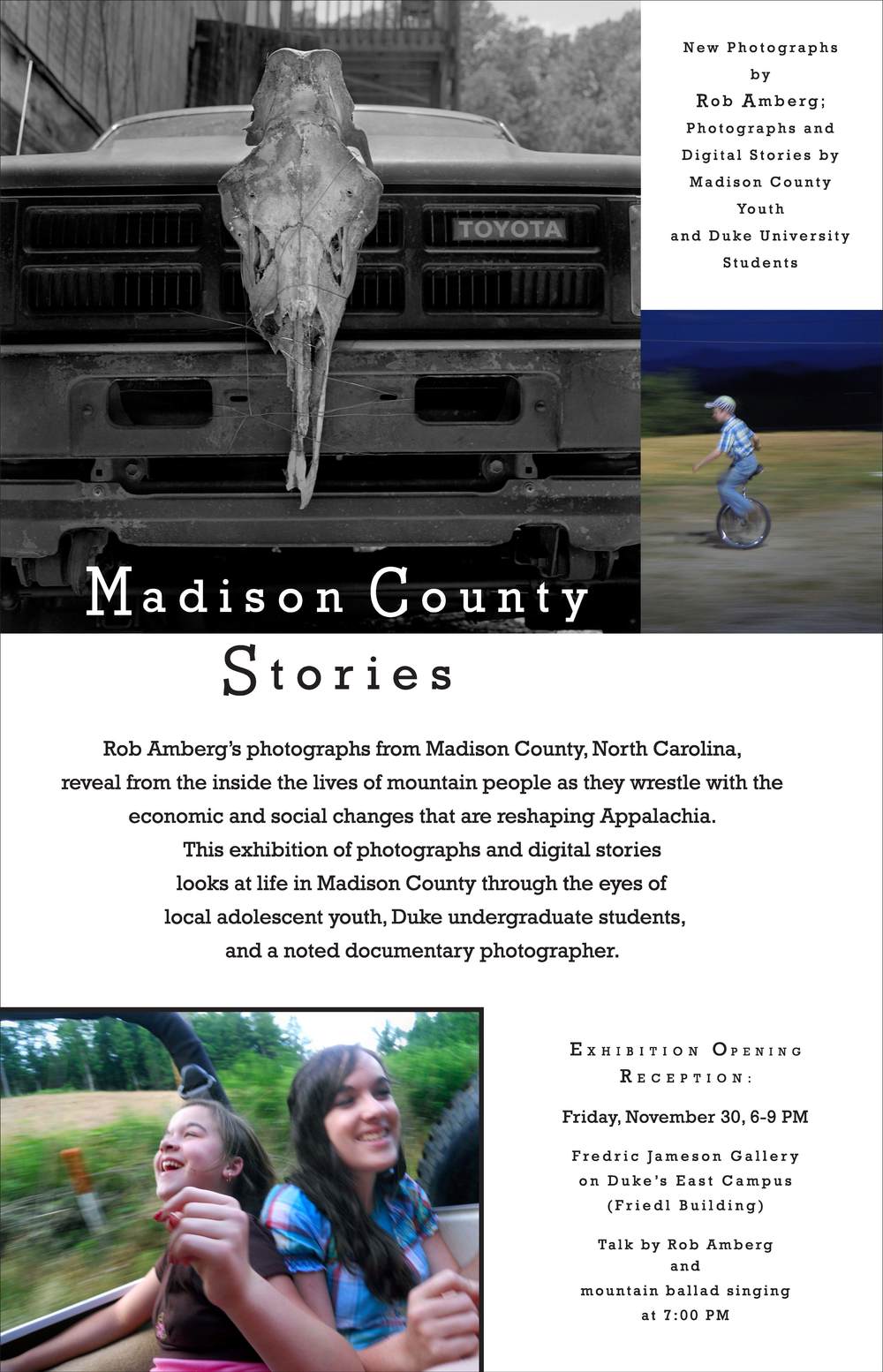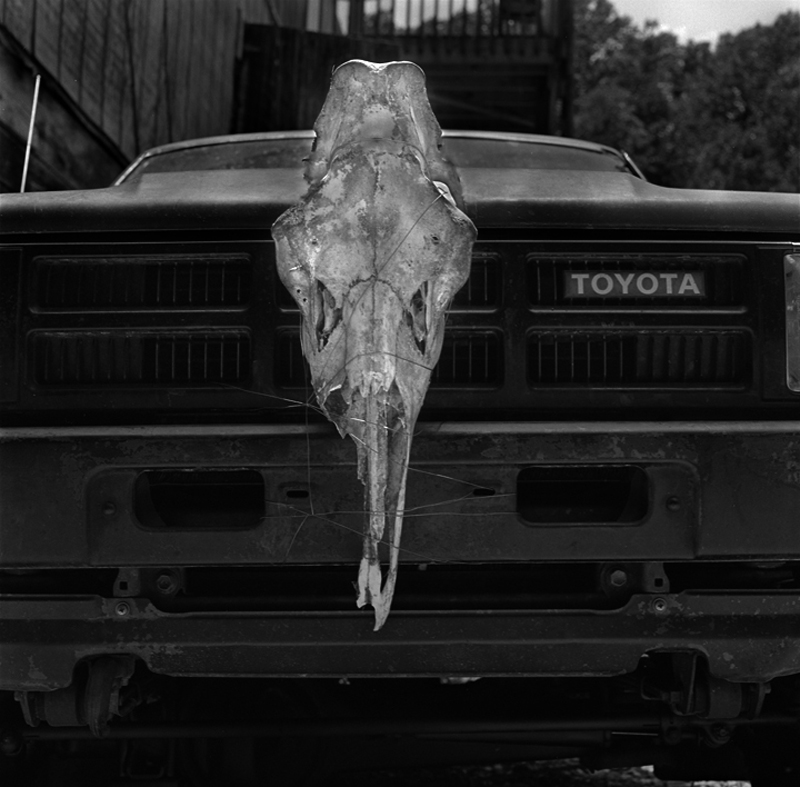
While creating the poster for the Madison County Stories exhibit, someone asked if my photograph, Moosehead, Paw Paw, Madison County, NC, 2012, was representative of the county and should be included on the poster. As a rule I think decisions like this are best left to the artist although the question itself raises other legitimate questions about our county and community. Who are we today, in 2013? How has our community changed and stayed the same? Who are our neighbors? What does the land around us mean to us? And how do we represent our place in an honest and accurate way?
There are no easy answers, of course. And they deserve far more time than one simple blog entry can offer. I have some immediate thoughts to share though and will be raising these questions again in subsequent entries. I’m hoping some of you readers will share your ideas also.
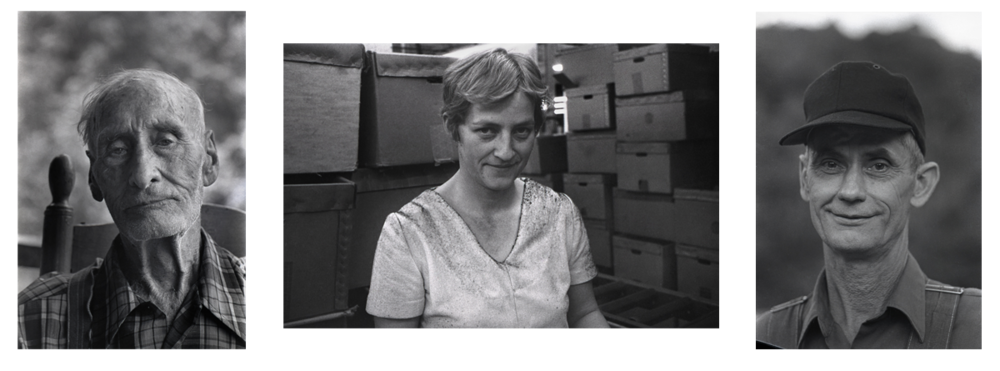
When I moved to Madison County forty years ago I believed this to be the most welcoming place I had ever been. It was also the most homogeneous. The local population shared a consistent set of values and traditions that included love of family, land, country, and religion. Most people farmed, or at least, gardened, milked, kept chickens, and heated with wood. And with few exceptions, local residents were warm and engaging and pleased to have new, young people moving into the community and expressing interest in the local culture. Most of us “fereigners,” as Dellie would refer to us, were adopted by local families who taught us skills, introduced us to neighbors and family, and became lifetime friends. Such a gift.
Madison County was a foreign place for many of us newcomers, too. We had come from large cities and cosmopolitan areas with more amenities and the smallness of the place was revelatory for us. Everyone knew each other here; and everyone seemed to know everyone’s business. It was a dry county and religious expression played an important role in most people’s lives. The local dialect and manner of speech were challenging and, like most farming communities, it lived by the rhythms of nature. It was often said that when you set foot in Madison County you stepped back fifty years. That sense of time standing still appealed to a lot of us.

The county has changed radically since the 1970s, as has the rest of the country. We have many new neighbors and I’m struck by the sheer numbers and diversity of people moving in and committing themselves to a place they likely knew little about. Modern technologies and better road access have linked us with wherever we want to be in the world, which has opened the entire county and its people to new ideas and non-traditional values. Change and transition are difficult for any community to accept, but I think more so in small, tight-knit places like our own.
When I ask new people why they’ve moved to Madison County, most simply say, “The place just feels right.” It’s a defining sentiment about the county and one shared by newcomers and locals alike. It’s interesting to me that despite our differences in look, lifestyle, thought, and belief, we are here in Madison County for essentially the same reason. It Just Feels Right. Perhaps that is our best and most accurate representation of place.


